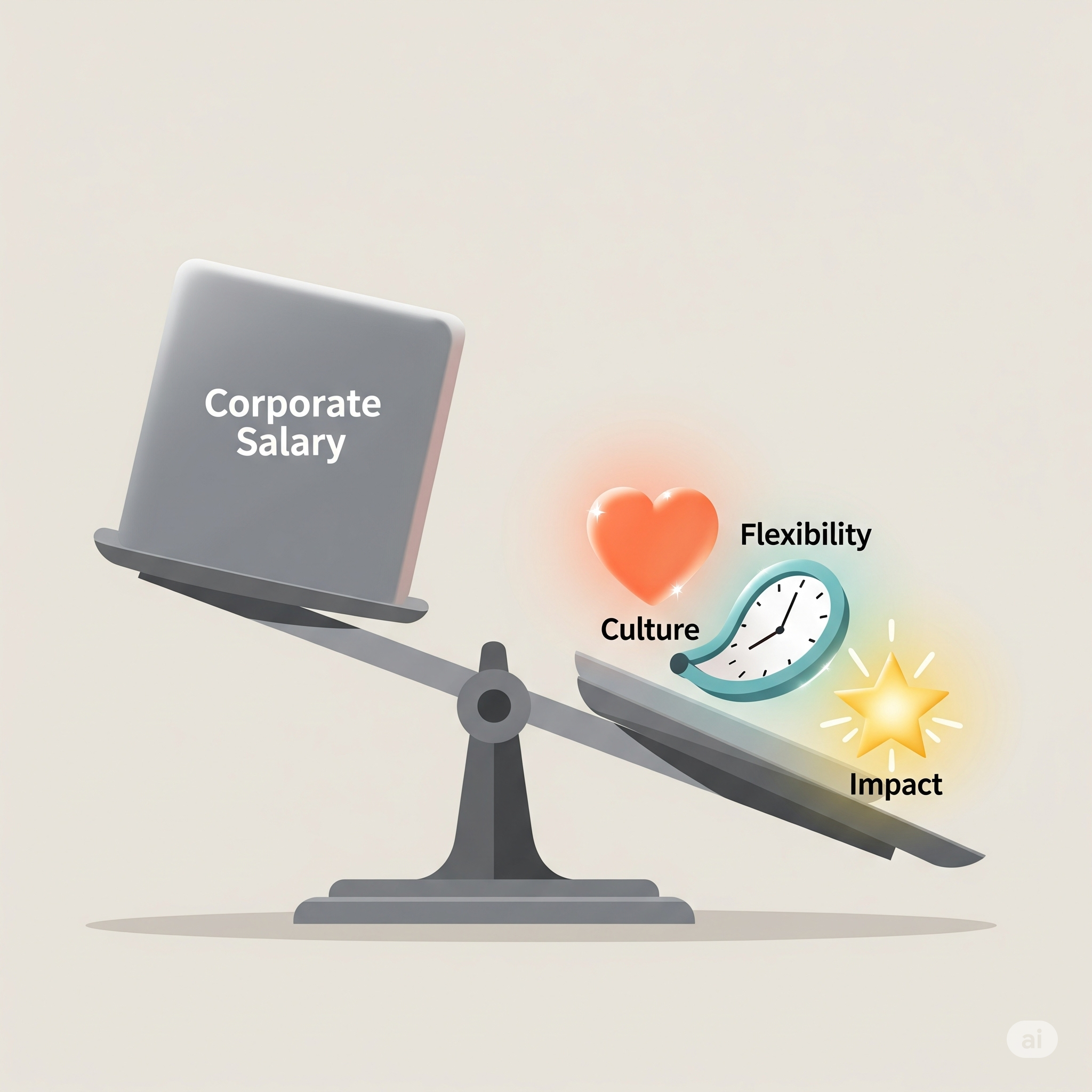Alright, let’s talk about something that might not be the loudest buzzword in the business world right now, but I’m telling you, it’s the bedrock upon which real innovation, resilience, and high performance are built. We’re talking about psychological safety.
Think about the most dynamic, successful teams you’ve encountered, or perhaps even been a part of. The ones that consistently push boundaries, that aren’t afraid to try new things, that seem to navigate challenges with an almost effortless grace. What’s the secret sauce? Is it just raw talent? Perfect strategy? A charismatic leader?
Those things matter, of course. But underlying it all, I’d wager there’s a foundation of psychological safety. It’s the invisible advantage that empowers people to bring their whole selves to work, to contribute their best ideas, to take calculated risks, and even to admit when they’ve made a mistake – without fear of punishment or ridicule.
Now, I want to be clear. Psychological safety isn’t about being “nice” or avoiding conflict. It’s not about lowering the bar or creating a coddling environment. It’s about establishing a climate of respect, trust, and openness. It’s about creating a space where people believe they won’t be penalized for speaking up, for challenging the status quo, or for offering a different perspective.
I saw this firsthand a few years ago when I was working with a software development company that was desperately trying to become more agile and innovative. They had the right tools, the right methodologies, and a lot of very smart people. But they were stuck. They were churning out code, but it felt… flat. There was no spark, no real creativity.
What I discovered was a culture of fear, even if it wasn’t immediately apparent. People were hesitant to share ideas that might be seen as “out there.” They were afraid to challenge the senior engineers. They were even afraid to admit when they’d made a mistake, which meant that problems often festered under the surface.
We worked with them to implement some deliberate changes – things like actively soliciting feedback from everyone, creating forums where dissenting opinions were encouraged, celebrating “smart failures” as learning opportunities, and training leaders to be better listeners and more inclusive communicators.
The transformation was remarkable. Once people felt safe to be themselves, the ideas started flowing. They began to experiment more, to take calculated risks, and to collaborate more effectively. The quality of their code improved dramatically, and they finally started to achieve the agility and innovation they’d been striving for.
The benefits of a culture of psychological safety are well-documented:
- Increased Innovation: When people feel safe to experiment and take risks, creativity flourishes.
- Improved Collaboration: Open communication and mutual respect lead to more effective teamwork.
- Faster Learning: When mistakes are seen as opportunities for growth, teams learn and adapt more quickly.
- Enhanced Performance: When people are engaged and empowered, they perform at their best.
- Greater Resilience: Teams that trust each other are better equipped to navigate challenges and bounce back from setbacks.
So, how do you cultivate this “invisible advantage” in your own organization? It requires a conscious and sustained effort, starting from the top.
- Lead by Example: Leaders must model the behavior they want to see – being open to feedback, admitting their own mistakes, and creating space for diverse perspectives.
- Foster Open Communication: Encourage active listening, ask questions, and create forums for open dialogue.
- Frame Failure as Learning: Celebrate smart failures as valuable learning experiences, not as grounds for punishment.
- Promote Inclusivity: Ensure that everyone feels valued and respected, regardless of their background or perspective.
- Solicit Feedback Regularly: Actively seek input from all levels of the organization and act on it.
Psychological safety isn’t a magic bullet, and it takes time and effort to build. But in a world that demands adaptability, creativity, and resilience, it’s the foundation upon which truly successful teams – and organizations – are built. It’s the invisible advantage that can make all the difference.
What are your thoughts? How are you building psychological safety within your team or organization? Let’s discuss this vital topic further.



